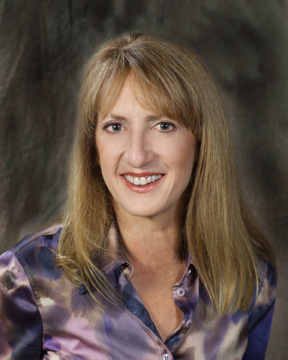
Vanderbilt University economist Joni Hersch has calculated the first measures of sexual harassment risks at work by industry, age group and sex. Hersch finds that female workers are six times more likely than male workers to experience sexual harassment on the job.
In analyzing workers’ wages, Hersch finds that firms must pay workers more for exposure to the risk of sexual harassment.
“[rquote]Sexual harassment in the workplace is so universally despised that people require some extra compensation for exposure to a sexually harassing environment[/rquote],” said Hersch, professor of law and economics.
RESEARCH RESULTS:
- Female workers are six times more likely than male workers to experience sexual harassment on the job.
- Women in jobs with an average risk of sexual harassment are paid, on average, 25 cents per hour more than comparable women in jobs with little risk of sexual harassment.
- Men in jobs with an average risk of sexual harassment receive, on average, 50 cents per hour more.
These values take into account a wide array of individual worker characteristics, including education and occupation.
But Hersch cautions that the fact that workers receive higher pay for assuming a risk of sexual harassment does not validate subjecting workers to this risk or imply that legal protections are not needed.
“The only other work-related risks that receive hazard pay are for risk of injury or fatality, and society would still prefer to eliminate workplace injuries and fatalities as well as sexual harassment in the workplace,” said Hersch.
Hersch used data on claims of sexual harassment filed with the Equal Employment Opportunity Commission or the corresponding local Fair Employment Practices Agencies, which collectively receive about 14,000 allegations of sexual harassment annually.
Hersch’s findings have been published in “Compensating Differentials for Sexual Harassment” in the May 2011 American Economic Review.
Written by Amy Maples
Media Contact: Amy Wolf, (615) 322 NEWS
amy.wolf@vanderbilt.edu